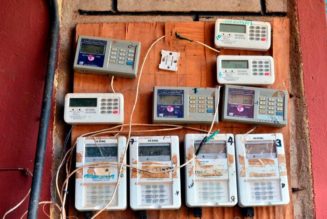Editorials
Address the uncertainty over shilling’s true level
Friday August 11 2023

The sharp depreciation of the Kenyan shilling against the dollar has hit foreign-owned firms and investors. FILE PHOTO | JEFF ANGOTE | NMG
The debate around the shilling’s exchange rate against major hard currencies continues to hit the headlines, highlighting the concerns among investors and traders affected by the stronger dollar.
Imported inflation is putting pressure on household budgets hard in a period of general economic difficulty, while foreign investors are staring at reduced returns once exchange losses are factored into their earnings.
The regulators have tried several interventions —both carrot and stick— to ease the decline, with limited success.
There are those who hold that the weaker currency is helping the country’s often struggling export sector, and discouraging imports to the benefit of local producers.
At the same time, it has raised the cost of servicing the country’s considerable pile of external debt and hurt households in an economy that is still a net importer.
It is the Central Bank of Kenya’s position that it does not have a preference for a particular exchange rate, and that it does not intend to influence the movement of the rate.
An honest debate is, however, needed on how to clear up the uncertainty that has made it difficult to know the shilling’s true level in the forex market, taking into account the significant spread between the official rate and the retail rate in banking and forex bureau halls.
This will also iron out the inefficiencies that have persisted in the interbank dollar market, which have had the effect of throttling supply yet the market has a fairly ample and stable supply of dollars.
A return to certainty will help the currency find its true position, one that works for both importers and exporters, without hurting either.









